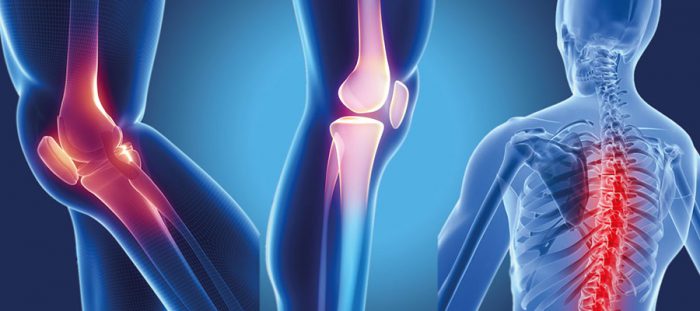
Arthroscopic surgery, also known as ‘closed surgery’ among the people, is a minimal surgical method used for diagnosis and treatment of orthopedic disorders involving all joints of the body. While it was used only for diagnosis purposes in the past 20-30 years, the aim of treatment has come to the fore. Today, with the arthroscopy method, which can be applied even to the little finger joints, numerous treatment procedures are successfully performed through two small holes.
What is Arthroscopy?
Arthroscopy is an application known as “keyhole” surgery used to examine and treat problems occurring within a joint.
In Which Situations Is Arthroscopic Surgery Applied?
Although it is generally used in the knee joint, it can also be applied to the shoulder, hip, wrist, ankle and even finger joints. In case you have symptoms such as arthritis, damage to cartilage or connective tissue, or pain or weakness in a joint, you may need arthroscopy to help the doctor understand what the problem is. It can also be applied to take a tissue sample (biopsy) or to remove loose tissue, bone or cartilage fragments within the joint.
Arthroscopy can be used to see inside your joint to find the exact cause of problems such as pain, swelling or inflammation. It can also be applied if your joint cartilage or connective tissues are torn, have a loose bone fragment in your joint, or the joint loses its stability.
Arthritis can also cause thickening of the membrane inside your joints called the synovium. This membrane can be easily removed using the arthroscopy method. In such surgical procedures, the risk of infection is lower than in normal operations, and the scars caused by small incisions are much more difficult to notice. Also, this application puts less strain on your joints and the recovery time is not as long as in conventional surgery.
How Arthroscopy is Performed?
Arthroscopy can take 30 minutes to 1 hour and is performed under local or general anesthesia. Two small incisions are made through which the arthroscope (a thin tube with a light at one end) and other surgical instruments can be inserted into the joint, if necessary. The surgeon watches the operation on a TV screen showing the inside of the joint and, if possible, repairs or removes the damaged parts during the procedure.
Fluid can also be used from time to time to “wash” the joint, especially in joints affected by arthritis, and this method relieves symptoms for several months. At the end of the procedure, the arthroscope and instruments are removed from the joint. A sterile drape is used to cover the incisions, and the joint can be bandaged if necessary.
Recovery After Arthroscopic Surgery
Recovery after arthroscopic surgery is much faster than after conventional surgery, and you can usually back home on the same day. Incisions are usually painless, but some joint swelling and discomfort may occur within a few weeks after surgery. It may take longer if the problem being treated is arthritis. You may be prescribed given some pain relievers to take home to relieve your discomfort. Depending on which joint is being examined, you may need to use a splint, sling, or crutches to protect the joint or keep you comfortable. Although many patients are able to back to work within a week, if your job requires you to bend over, lift or carry loads, you may be advised to rest for longer periods of time.
Your surgeon will tell you whether you should rest your joint or exercise after the surgery.
Can I Return To Sports After Arthroscopic Surgery?
Most of the arthroscopic surgery cases performed in sports-type injuries have a chance to return to sports. However, arthroscopy performed in diseases such as arthritis only temporarily improves the symptoms. In cases involving the knee joint, arthroscopy can usually successfully repair cartilage and connective tissue damage. Arthroscopy scars are usually very small and barely noticeable.
 Türkçe
Türkçe Arabic
Arabic